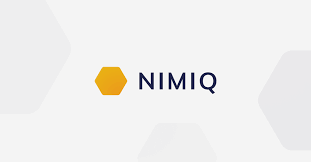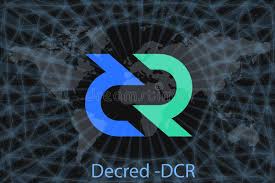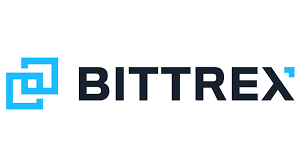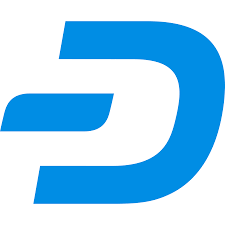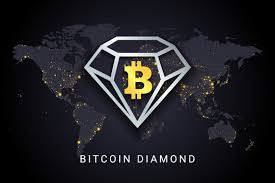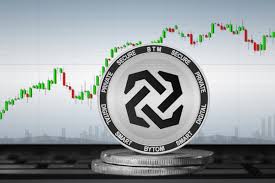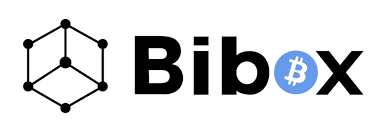DeFi (decentralized finance) is an ecosystem of applications that provide financial services without a central authority, using cryptocurrency. It is based on distributed networks, the most common of which is the Ethereum blockchain. This area of digital technology is now rapidly evolving. It covers all aspects of financial services and transactions, including lending, lending, and trade within decentralized structures.

Features and Benefits of DeFi
DeFi ecosystem has some features and benefits like the following:
Decentralization and self-government
DeFi has no centralized governance structures. This is because the rules for conducting business transactions are spelled out in a smart contract. Once the smart contract is launched and working, the DeFi app can run on its own with little or no human intervention.
Transparency
The source code of DeFi applications is open to audit, which allows anyone to understand the functionality of the contract or identify bugs. All transactions are publicly available.
Transboundary
Most of the DeFi applications are available to any internet user.
Inclusiveness
The DeFi ecosystem is inclusive because anyone can create and use an app. Unlike the traditional financial sector, there are no controllers or accounts that require complex forms to be completed. Through wallets, users interact directly with smart contracts.
User experience flexibility
The DeFi ecosystem provides a flexible user experience. If the user does not like the interface of the application he/she can use a third-party interface or create his/her own.
Interoperability
New DeFi apps can be made by combining other DeFi products like stablecoins, decentralized exchanges, prediction markets, etc. This feature of DeFi resembles a model in which a particular design can be assembled in various combinations.
Difference between decentralized and traditional finance
DeFi can perform all the same functions as traditional banks, but much more efficiently and conveniently. The movement of decentralized finance makes it possible to use loans, open interest-bearing accounts, and trade without the need to trust centralized companies. Services are provided through decentralized applications (dApps), which are most often deployed on the Ethereum platform.
Let’s compare traditional and decentralized finance according to the main criteria:
System of payments and transfers
A wire transfer from one country to another can take several days and involves a lot of fees. Moreover, there is a complete lack of privacy. The cryptocurrencies that underlie the work of DeFi do not need intermediaries. Transfers are carried out as quickly as possible (on the Ethereum network – from 15 seconds, with a commission of about $ 0.02). The benefits are clear.
Availability
Banks have strict restrictions on who can open an account, and also on the use of financial services such as lending. Now there are more than one and a half billion people in the world who do not have access to banking services. But DeFi is guaranteed to make their life easier.
Centralization
Banks are safe in terms of keeping funds, but not 100%. But the fall of a large bank will surely entail a massive financial crisis. DeFi protocols are managed by decentralized organizations. It gives confidence that some people will not be able to make decisions on their own.
Transparency
The average investor has no idea how his bank account is used. Concerning DeFi, the source code of the protocols developed based on public blockchains is completely transparent to all users and open to audits.
MonolithosDAO platform experts have identified three of the most important advantages of Decentralized Finances. The first is decentralization, thanks to which control over the ecosystem belongs to all participants at once, transactions are fast and transparent, and there are no intermediaries. The second is management through smart contracts. And the third is open source code that can be checked and modified at any time and used to form other services based on them.
Risks of using DeFi
Despite all the advantages, there are also risks of using decentralized finance. It is understandable because the technologies are relatively new. The main risks include:
- Hacking of smart contracts. The code is written by a person, and it is human nature to make mistakes. It makes sense to use only those platforms that have been verified by well-known auditors (OpenZeppelin, Quantstamp, ZK Labs, etc.), although even then, there is a small chance that you missed an important mistake.
- Liquidity and credit risks. Cryptocurrency is volatile, and the system may collapse when the underlying asset falls sharply. Decentralized financial protocols try to fight this problem by over-collateralized loans.
- Lack of funds for lending. With specific collateral in DeFi, you can get a loan much more modestly than in a traditional financial institution.
- Fake oracles. Blockchain protocols receive data (cryptocurrency rates, etc.) from external systems, often centralized. If the source is unreliable, then the smart contract will be executed incorrectly.
- Centralized control over development. Whatever one may say, one team is engaged in the creation of the code. In more cases, developers involve users in the process, but this can also cause problems due to incompetent intervention.
Conclusion
The topic of decentralized finance is virtually endless. Currently, hundreds of applications have been created and are successfully operating in this area. DeFi applications and projects can be extremely useful for people in countries with weak or unstable economies. Services are in demand in developed countries too, as they offer a more profitable and affordable lending system and open up new opportunities for interest income from investments.

